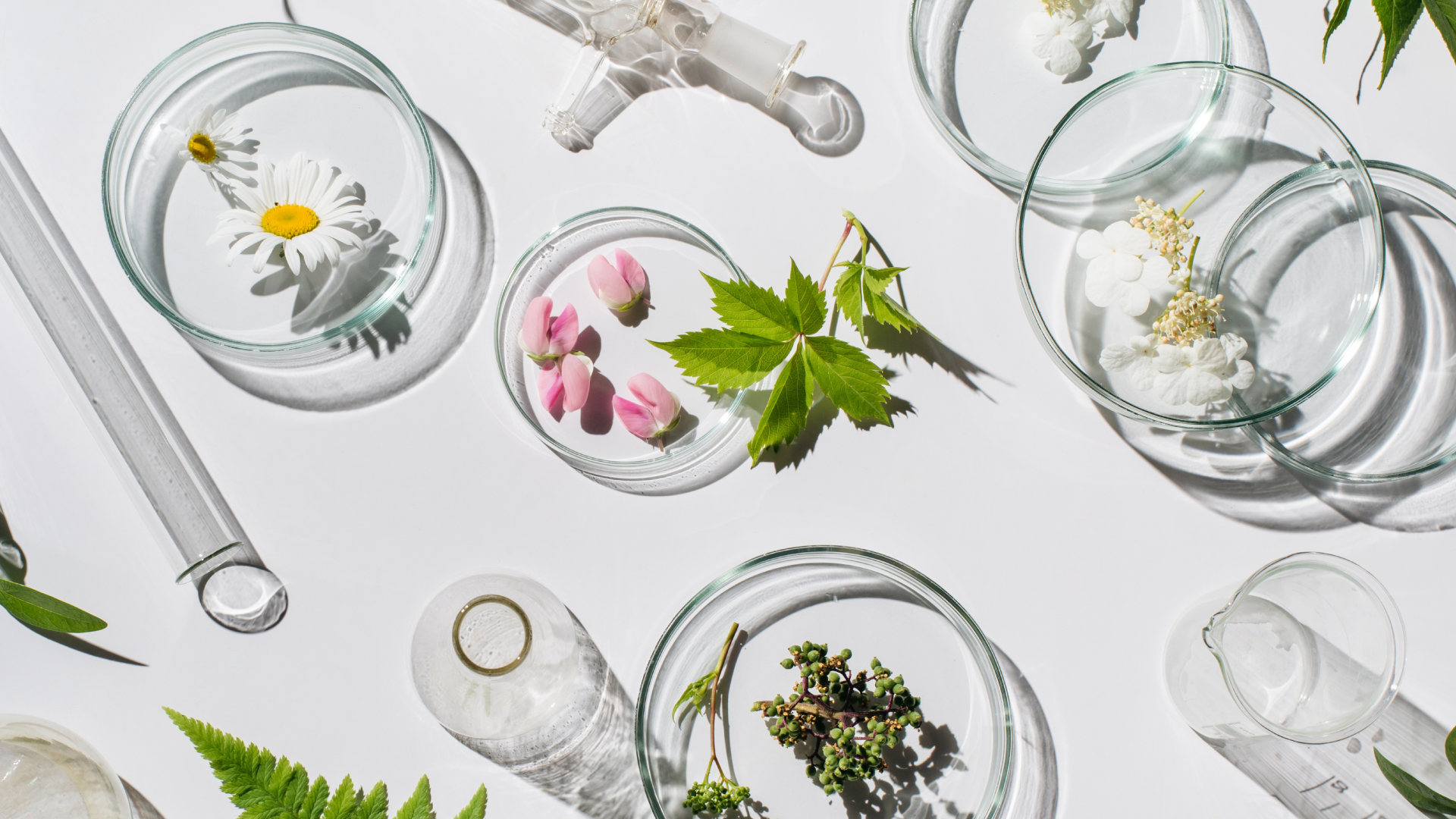December 20, 2022
Blog Post
Food as Medicine

Many of the ways we think about food and nutrition are rooted in dietary guidance from the early 20th century. Starting in that era, doctors emphasized food groups over individual nutrients. They believed that all calories had similar qualities and that as long as a person was eating and burning enough calories, he or she could maintain a healthy weight and good overall health [1].
But modern science has illuminated the shortcomings of this approach. Not all calories are equal—just consider the dietary effects of beer versus broccoli [2]. The body needs fats, carbohydrates, protein, and fiber in different quantities. In addition to vitamins and minerals, which are crucial for the body to function, other plant compounds have been identified and demonstrated to play a role in physical, cognitive, and emotional health [3, 4].
These compounds are known as bioactives. Bioactives are small compounds found in nature—in plants, fungi, and bacteria—that can impact human biology [5]. For example, studies have shown that lycopene, a powerful antioxidant in tomatoes, is associated with a reduced risk of cancer and cardiovascular disease [6]. Curcumin found in turmeric can help reduce inflammation that causes arthritis and anxiety [7]. Catechin (found in strawberries), epicatechin (found in dark chocolate), and epigallocatechin gallate (found in green tea) have all been shown to cross the blood-brain barrier to impart neuroprotective benefits [8]. These compounds aren’t crucial to a body’s core survival, but they are believed to be essential to the healthy functioning of a body that can protect itself from illness, ward off chronic disease, and delay the effects of aging.
Reclassifying food as medicine involves addressing current dietary deficiencies. We often think of a poor diet as overconsuming sugar, fat, and salt. But the Global Burden of Disease Study, the world’s most comprehensive analysis of how diet impacts human health, has shown that these disease states are much more a consequence of dramatically under-consuming whole vegetables, fruits, nuts, and grains, which are rich sources of bioactives [9, 10].
Most people aren’t eating enough of these foods. The CDC recommends a healthy diet should contain 1.5 to 2 cups of fruits and 2 to 3 cups of vegetables each day, but only 12 percent of Americans consume this quantity of fruits and 10 percent consume recommended amounts of vegetables. Health experts believe these shortfalls are fueling our public health crisis with rising rates of chronic diseases including heart disease, diabetes, and high blood pressure [11].
As a result, it’s clear how increasing our knowledge of the power of bioactives and mapping their impacts on the human body can spur a dramatic transformation in how we think about human health. So far, however, scientists have only been able to identify less than one percent of bioactives on earth, leaving a vastly unexplored area known as the “dark matter” of nutrition [12].
Brightseed is working to explore the phytochemical contents of all plants, starting with the edible and medicinal plant kingdom, to illuminate their impact on human biology. Using Forager®, our artificial intelligence platform, we can discover new bioactives at a greater speed and accuracy than was previously possible. By the end of 2025, we plan to expand what is known by science by 100x, illuminating millions of new compounds and facilitating their paths into supplements and food ingredients.
____________________________
1. Jahns, L., Davis-Shaw, W., Lichtenstein, A. H., Murphy, S. P., Conrad, Z., & Nielsen, F. (2018). The history and future of dietary guidance in America. Advances in Nutrition, 9(2), 136–147. https://doi.org/10.1093/advances/nmx025
2. Spell, C. S. (2016, November 4). There's no sugar-coating it: All calories are not created equal. Harvard Health. Retrieved March 29, 2023, from https://www.health.harvard.edu/blog/theres-no-sugar-coating-it-all-calories-are-not-created-equal-2016110410602
3. Acquaviva, R., Malfa, G. A., & Di Giacomo, C. (2021). Plant-based bioactive molecules in improving health and preventing lifestyle diseases. International Journal of Molecular Sciences, 22(6), 2991. https://doi.org/10.3390/ijms22062991
4. Głąbska, D., Guzek, D., Groele, B., & Gutkowska, K. (2020). Fruit and vegetable intake and mental health in adults: A systematic review. Nutrients, 12(1), 115. https://doi.org/10.3390/nu12010115
5. Weaver, C. M. (2014). Bioactive foods and ingredients for health. Advances in Nutrition, 5(3). https://doi.org/10.3945/an.113.005124
6. Böhm, V. (2018). Lycopene, tomatoes, and cardiovascular diseases. Lycopene and Tomatoes in Human Nutrition and Health, 51–68. https://doi.org/10.1201/9781351110877-4
7. Hewlings, S., & Kalman, D. (2017). Curcumin: A review of its effects on human health. Foods, 6(10), 92. https://doi.org/10.3390/foods6100092
8. Figueira, I., Garcia, G., Pimpão, R. C., Terrasso, A. P., Costa, I., Almeida, A. F., Tavares, L., Pais, T. F., Pinto, P., Ventura, M. R., Filipe, A., McDougall, G. J., Stewart, D., Kim, K. S., Palmela, I., Brites, D., Brito, M. A., Brito, C., & Santos, C. N. (2017). Polyphenols journey through blood-brain barrier towards neuronal protection. Scientific Reports, 7(1). https://doi.org/10.1038/s41598-017-11512-6
9. Global burden of disease. The Lancet: Global Burden of Disease. (n.d.). Retrieved October 25, 2022, from https://www.thelancet.com/gbd
10. Lee, S. H., Moore, L. V., Park, S., Harris, D. M., & Blanck, H. M. (2022). Adults meeting fruit and vegetable intake recommendations — United States, 2019. MMWR. Morbidity and Mortality Weekly Report, 71(1), 1–9. https://doi.org/10.15585/mmwr.mm7101a1
11. Holman, H. R. (2020). The relation of the chronic disease epidemic to the Health Care Crisis. ACR Open Rheumatology, 2(3), 167–173. https://doi.org/10.1002/acr2.11114
12. Barabási, A.-L., Menichetti, G., & Loscalzo, J. (2019). The unmapped chemical complexity of our diet. Nature Food, 1(1), 33–37. https://doi.org/10.1038/s43016-019-0005-1
